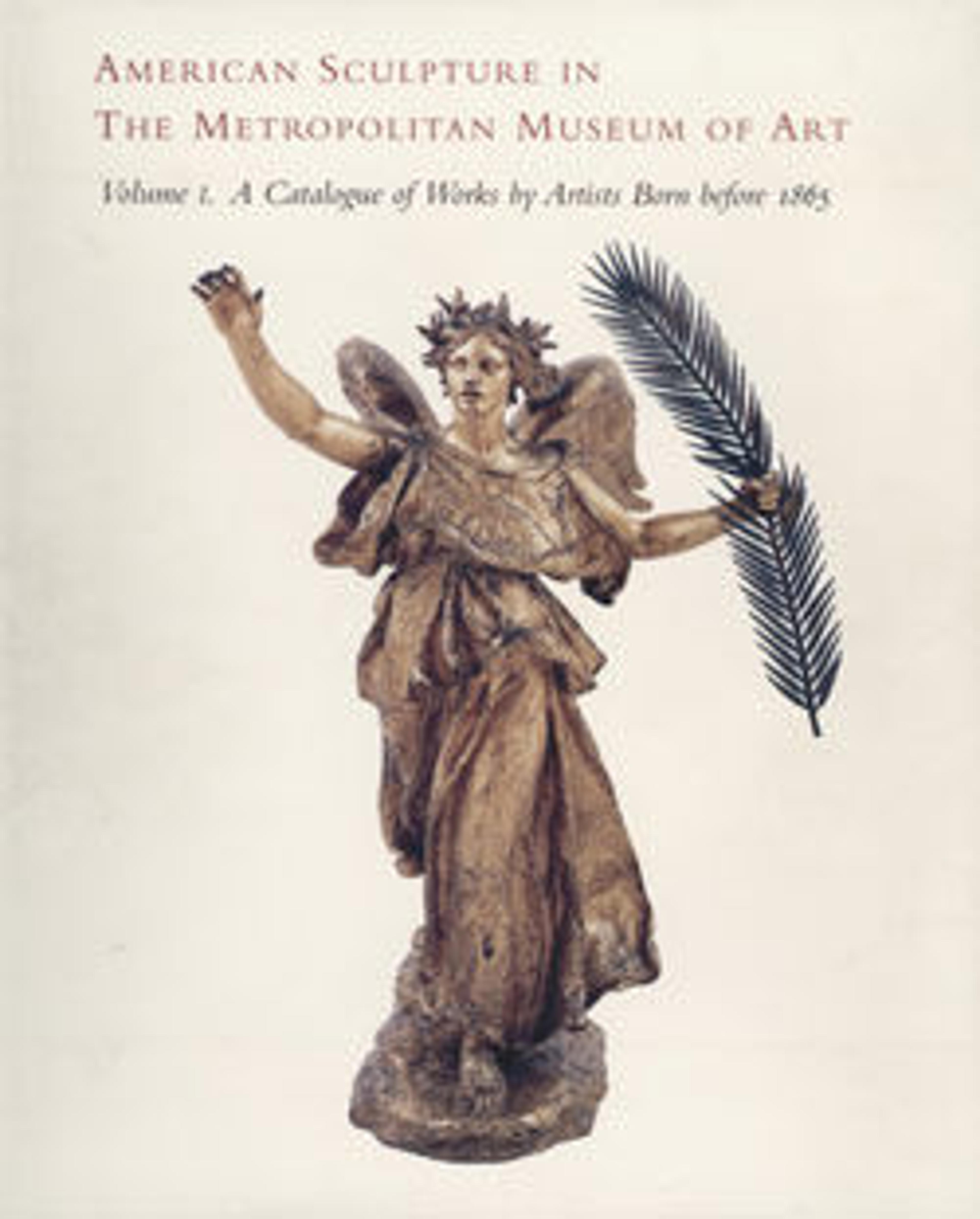The Dying Centaur
The mythical centaur, with the head and torso of a man and lower body of a horse, represented Rimmer’s recurrent fascination with dueling forces of the spiritual and the physical, the mortal and the immortal, the animal and the human. Here, a centaur who has collapsed futilely attempts to rise. The truncated, upraised arms express the pathos of the dying creature’s plight. Rimmer modeled the sculpture while he was teaching at the Cooper Union for the Advancement of Science and Art in New York and left no commentary on its enigmatic meaning. However, among the proposed interpretations is a connection to the moral tales of poet and theologian Edward Young, in which a centaur confronts his death after a lifetime of debauchery. Facing God’s judgement, he desperately seeks salvation, possibly referring to Rimmer's own moral tumult and lifelong struggles with mental illness.
Artwork Details
- Title:The Dying Centaur
- Artist:William Rimmer (American (born England), Liverpool 1816–1879 South Milford, Massachusetts)
- Founder:Cast by Gorham Manufacturing Company (American, Providence, Rhode Island, 1831–present)
- Date:1869; cast 1905
- Culture:American
- Medium:Bronze
- Dimensions:21 1/2 x 25 x 19 in. (54.6 x 63.5 x 48.3 cm)
- Credit Line:Gift of Edward Holbrook, 1906
- Object Number:06.146
- Curatorial Department: The American Wing
More Artwork
Research Resources
The Met provides unparalleled resources for research and welcomes an international community of students and scholars. The Met's Open Access API is where creators and researchers can connect to the The Met collection. Open Access data and public domain images are available for unrestricted commercial and noncommercial use without permission or fee.
To request images under copyright and other restrictions, please use this Image Request form.
Feedback
We continue to research and examine historical and cultural context for objects in The Met collection. If you have comments or questions about this object record, please contact us using the form below. The Museum looks forward to receiving your comments.
